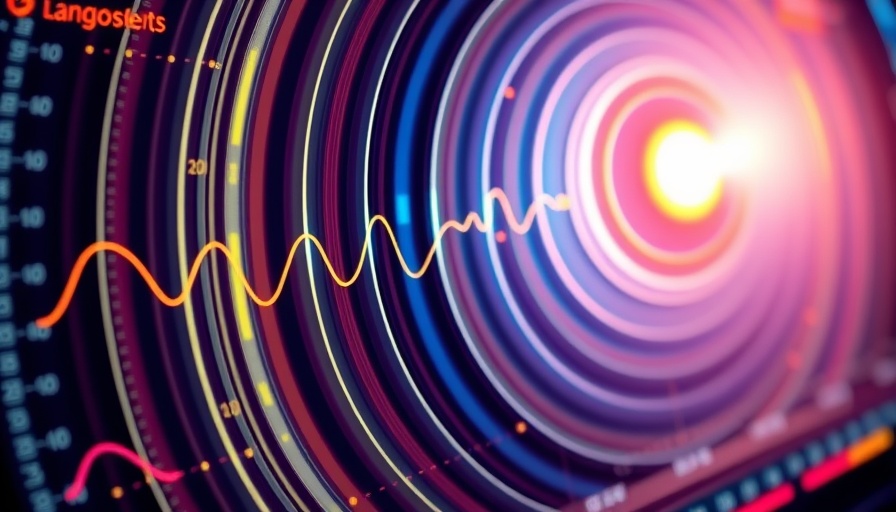
Understanding the Heliospheric Magnetic Field in Space
New insights into the heliospheric magnetic field are emerging from a recent study that leverages observations from multiple spacecraft orbiting the Sun. This innovative research highlights how the interplay between solar flares and magnetic fields can impact radio emissions and, ultimately, our understanding of space weather.
What Are Type III Solar Radio Bursts?
Type III solar radio bursts are a fascinating phenomenon directly associated with solar flares. As energetic electrons escape into interplanetary space, they travel along the Parker spiral magnetic field, generating these bursts. Understanding these emissions is crucial for predicting space weather events that can affect satellite operations and communications on Earth.
The Role of Multiple Spacecraft Observations
The study, led by Daniel L. Clarkson and his colleagues, utilized data from four different spacecraft—the Parker Solar Probe, Solar Orbiter, STEREO-A, and WIND. Each of these spacecraft provided unique vantage points, allowing researchers to observe how these Type III radio emissions propagate through the heliosphere from various angles. This multi-point observation approach offers a richer tapestry of data than previous studies that relied on single spacecraft.
Anisotropic Scattering: Guiding Radio Waves Through Space
One of the most significant findings of the study is the role of anisotropic scattering in guiding radio waves. As the observed radio emissions pass through the magnetized plasma of interplanetary space, they scatter in ways dependent on the density irregularities of that plasma. This is something traditional models struggled to account for, as they often assumed a more straightforward propagation model. The new insights challenge those assumptions, proposing that both the electrons and the emitted radio waves are intricately guided by the magnetic field.
Simulations That Paint a Picture of Propagation
To complement their observational data, Clarkson and his team conducted simulations that replicated how radio waves would behave as they moved across vast distances. These simulations proved invaluable for understanding not just the waves' paths but also the directivity patterns — how the emissions were received by different observers across space. This demonstrates a profound degree of complexity in solar physics and helps refine our models of heliospheric behavior.
The Broader Implications for Space Weather Prediction
Understanding how solar radio emissions propagate through the heliosphere is more than just an academic exercise. These findings can significantly impact how we prepare for and respond to space weather. Improved prediction models could lead to better protection systems for satellites and astronauts, ultimately safeguarding Earth from the potentially damaging effects of solar storms.
The study underscores the importance of collaboration between multiple nations and research teams, demonstrating that breaking traditional boundaries can lead to monumental discoveries in astronomy and space science.
 Add Row
Add Row  Add
Add 




Write A Comment